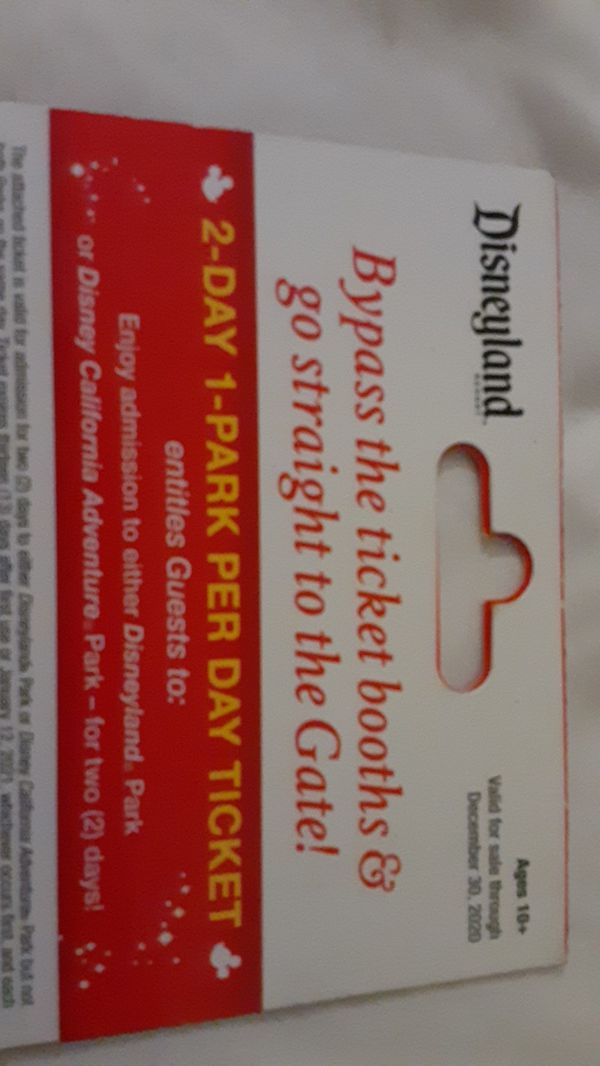

The exhibit includes pictures, artifacts, and recorded interviews with African-Americans who worked for the railroad. This exhibit is the result of an oral history project sponsored in part by Roanoke area businesses and individuals to document the often-ignored roles played by African-Americans on the rails. From Cotton to Silk: African American Railroad Workers on the Norfolk & Western and Norfolk Southern Railways.The Claytor Brothers - Virginians Building America's Railroadĭetailing the lives of Graham and Robert Claytor, this exhibit explores their past and their relationship that led to the merger of the Norfolk & Western and Southern Railways.In addition to these on-going exhibits, the museum maintains an O-Gauge train layout modeled after Roanoke, Salem, and Lynchburg, Virginia. On-going exhibits cover sundry aspects of railroad life in America, especially Virginia. Galleries and exhibits: Railroad exhibits: The building closed for railroad freight business in 1964. They are the two-story, fifty-bay-long, freight station proper which was built parallel to the railroad tracks and now is oriented south, and the one-story-with-basement brick annex that formerly housed the offices of the Shenandoah and Radford divisions of the Norfolk and Western. The station consists of two clearly identifiable sections, both of which were completed in 1918. The Norfolk and Western Railway Freight Station was listed on the National Register of Historic Places in 2012. On April 2, 2012, during VMT's 50 Birthday, the city officially transferred ownership of the locomotives to the museum. 1218 were originally property of the city of Roanoke due to the museum's original charter. The Norfolk & Western steam locomotives No. The museum has earned that title, being recognized by the General Assembly of Virginia as the Commonwealth's official transportation museum. In April 1986, the museum re-opened in the Norfolk and Western Railway Freight Station in downtown Roanoke as the Virginia Museum of Transportation. It forced the shutdown of the facility and the refurbishment of No. In November 1985, a flood nearly destroyed the museum, and much of its collection. The museum expanded its collection to include other pieces of rail equipment such as a former DC Transit PCC streetcar, and a number of horse-drawn vehicles including a hearse, a covered wagon, and a Studebaker wagon. 611, donated by Norfolk & Western Railway to the City of Roanoke where many of its engines were constructed. The earliest components of the museum's collection included a United States Army Jupiter rocket and the J class steam locomotive No. The museum at that time was housed in an old Norfolk & Western Railway freight depot on the banks of the Roanoke River. The Virginia Museum of Transportation began its life in 1963 as the Roanoke Transportation Museum located in Wasena Park in Roanoke, Virginia.


 0 kommentar(er)
0 kommentar(er)
